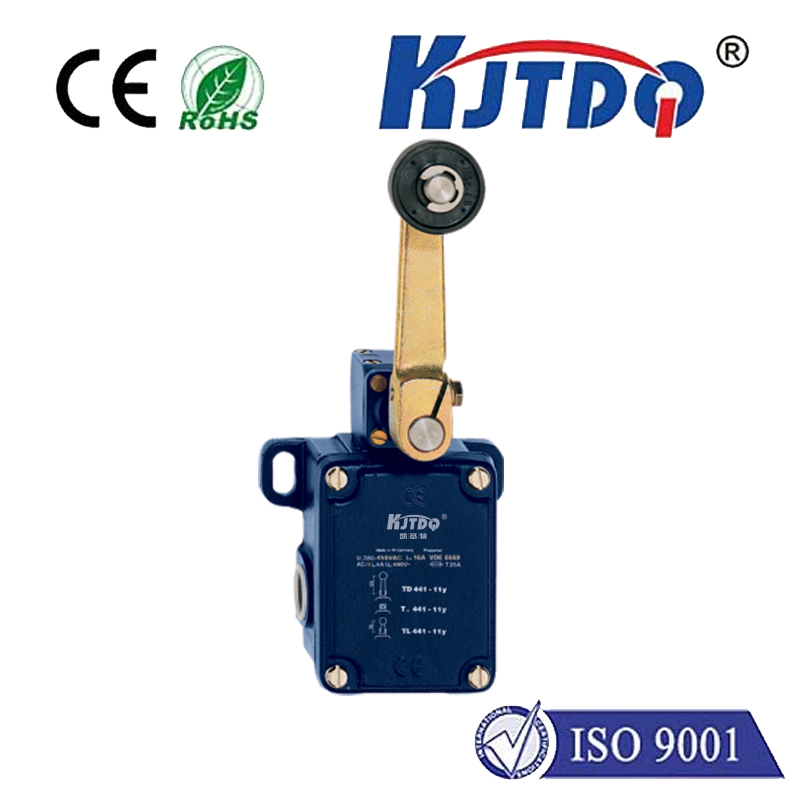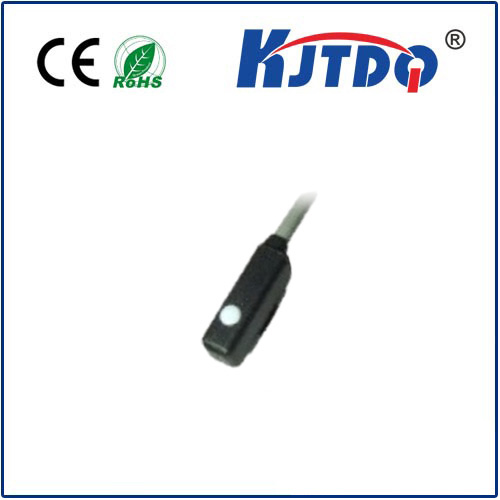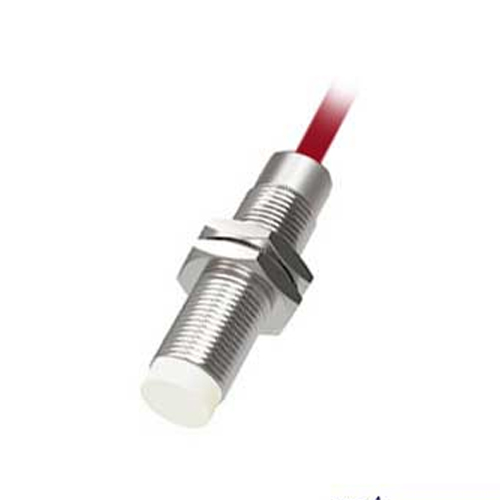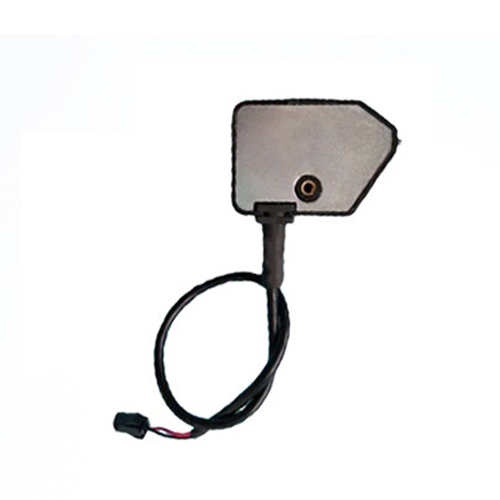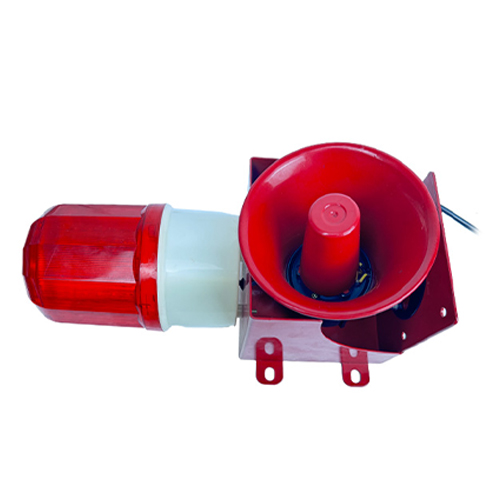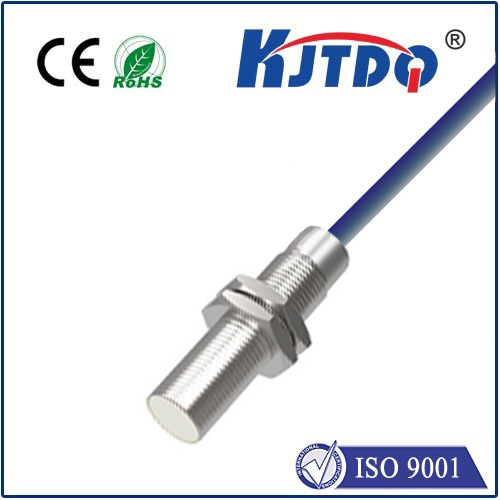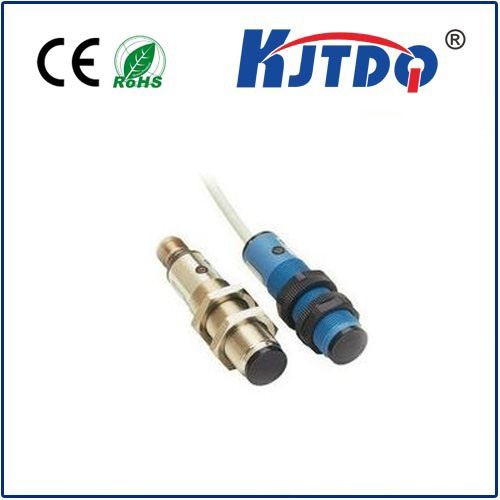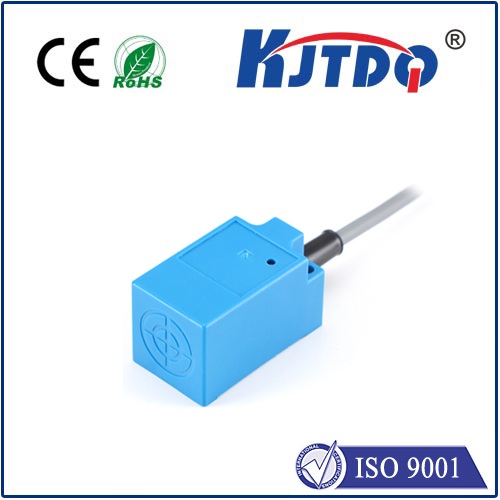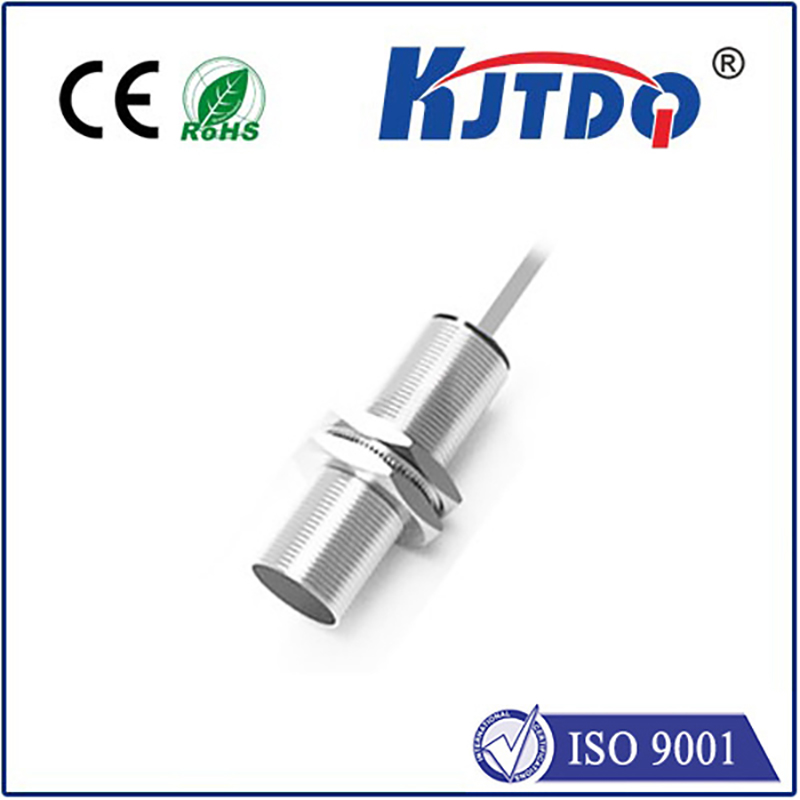hall effect proximity switch sensor
- time:2025-09-08 11:32:22
- Click:0
Hall Effect Proximity Sensors: Reliable Non-Contact Detection Simplified
Imagine a bustling assembly line where robotic arms place components with millimeter precision. Or picture a high-speed packaging machine sealing boxes reliably, thousands of times an hour. In these demanding environments, traditional mechanical switches simply can’t keep up. Wear and tear, contamination sensitivity, and slow response times lead to downtime and errors. Enter the Hall Effect Proximity Switch Sensor – a robust, reliable, and virtually maintenance-free solution for detecting object presence without physical contact. These solid-state marvels leverage fundamental physics to provide silent, spark-free operation in countless industrial and commercial applications.
So, how exactly does this technology work? It all hinges on the Hall Effect, discovered by Edwin Hall in 1879. The core principle is that when a conductor or semiconductor carrying an electrical current is exposed to a perpendicular magnetic field, a voltage difference (the Hall voltage) is generated across the material. This voltage is proportional to the strength of the magnetic field applied.
A Hall Effect proximity sensor integrates this phenomenon into a practical device. It typically consists of:

- The Hall Element: A thin piece of semiconductor material (like gallium arsenide or indium antimonide) where the Hall voltage is generated.
- Signal Conditioning Circuitry: Electronics built around the Hall element. This circuitry amplifies the often tiny Hall voltage, processes it, and provides a clean, usable output signal. Crucially, it provides hysteresis – meaning the sensor needs a slightly stronger magnetic field to “turn on” than to “turn off,” preventing output chattering near the detection threshold.
- Output Stage: A solid-state switching element, usually a transistor. This acts as the “switch.”
- Permanent Magnet: Mounted on the target object being detected (or occasionally integrated into the sensor itself for specific configurations, like gear tooth sensing).
When a magnetic target (like a ferrous metal part or the sensor’s designated magnet) moves into the sensing range of the Hall element, the magnetic field permeating the element changes. This change in magnetic flux density alters the generated Hall voltage. The signal conditioning circuitry detects this change and triggers the output stage. Depending on the sensor design, this could mean:
- An NPN or PNP transistor switching on (sourcing or sinking current) to create a digital ON signal (often treated as a “closed switch”).
- Or, the transistor switching off, creating a digital OFF signal (like an “open switch”).
- Analog output sensors provide a voltage proportional to the strength of the magnetic field (distance).
Why are Hall Effect proximity sensors so widely favored?
- True Non-Contact Operation: No physical touch means zero mechanical wear on the sensor itself. Lifespans are exceptionally long, significantly reducing maintenance costs.
- High Reliability & Repeatability: Solid-state design makes them highly resistant to shock, vibration, dust, moisture, oils, and corrosive chemicals commonly found in industrial settings. They offer consistent switching points.
- Fast Response Times: They switch states extremely quickly, measured in microseconds or milliseconds, making them ideal for high-speed counting and detection applications (e.g., gear tooth sensing, shaft speed monitoring).
- No Physical Contact = No Bounce: Unlike mechanical switches, there’s no contact bounce, ensuring clean, precise switching signals without the need for external debouncing circuits.
- Environmentally Robust: With appropriate housing ratings (like IP67 or IP69K), they perform reliably in harsh conditions where optical sensors might fog, or inductive sensors could be affected by non-ferrous targets.
- Suitable for Diverse Targets: While primarily designed for magnetic targets, using a separate magnet extends their capability to detect almost any material – plastic, wood, glass, liquids, etc. – simply by ensuring the magnet moves with the target. This is a key advantage over inductive sensors, which primarily detect metals.
- Zero Current Consumption: In their normally open (NO) or normally closed (NC) state without a trigger, current draw is typically negligible.
Where do these sensors shine? Their robustness and versatility make them indispensable across numerous sectors:
- Industrial Automation: Position sensing (cylinder pistons, end stops), rotary encoder components, speed detection (gears, sprockets, motors), object counting on conveyors, fluid level detection.
- Automotive: Gear position sensing, brake/clutch pedal position, seatbelt detection, anti-lock braking systems (ABS) wheel speed sensing, transmission sensors.
- Consumer Electronics: Lid/door open detection (laptops, appliances), joystick/controller movement, flow meters.
- Material Handling: Detecting pallets, containers, or products on automated lines.
- Security Systems: Magnetic door/window contact sensors.
- Medical Devices: Position feedback in pumps and precision equipment.
Choosing the right Hall Effect proximity switch involves considering several factors:
- Sensing Distance: The maximum range at which it will reliably detect the target magnet.
- Output Type: Digital (NPN NO/NC, PNP NO/NC) or Analog. Digital dominate for simple presence detection.
- Supply Voltage: Matching the sensor’s voltage range (e.g., 5V DC, 10-30V DC) to your control system.
- Switching Frequency: How fast it can toggle on/off, critical for high-speed applications.
- Housing & Form Factor: Size, shape, material (stainless steel, plastic), and Ingress Protection (IP) rating suited to the environment (e.g., IP67 for washdown areas).
- Mounting: Flush or non-flush mounting capability depending on surrounding metal structures.
- Temperature Range: Ensuring operation within the ambient temperature extremes of the application.
In essence, the Hall Effect proximity switch sensor is a testament to how fundamental physics translates into practical, everyday engineering solutions. By harnessing the interaction between electric currents and magnetic fields, it delivers uncompromising reliability, silent operation, and long life in environments where other sensors falter. From the demanding floors of factories to the intricate mechanisms inside your car, these sensors perform millions of detections flawlessly, making modern automation smoother, safer, and significantly more efficient. Their simple principle belies their profound impact on countless systems operating reliably, often unnoticed, all around us.






